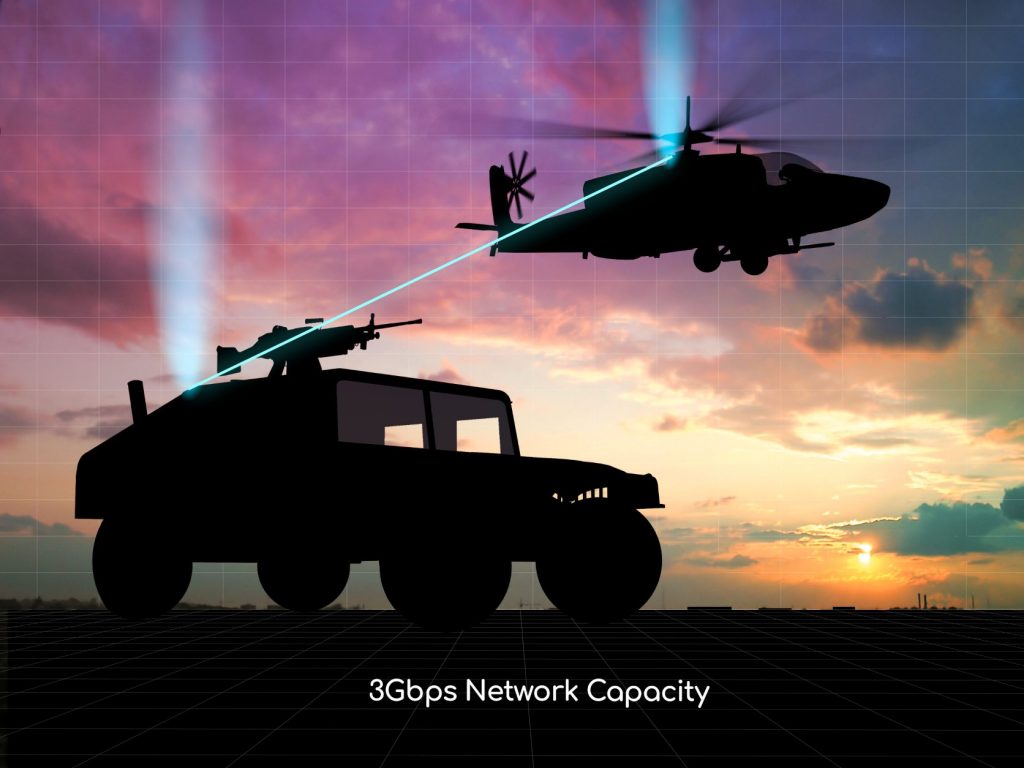What are the 5 pitfalls to deploying a safe and stealthy military communications system?
by Macy Summers
The ability to share data between a nation’s military services and across command-and-control structures is vital to security and to ensure the tactical advantage.
But what are the top 5 pitfalls faced by the military when ensuring a military communications system that is fit for purpose? What are some of the key challenges that need to be overcome to ensure a secure and reliable communications network?
-
Legacy technology
Over the years, distinct types of technology and systems for sharing information have been developed within the forces, which are specific to the needs and requirements of each military service.
These systems are often incompatible and so it is difficult to share information and intelligence data between the different domains, such as between the navy and armed forces. This situation creates siloes and can prevent a nation’s military forces from having the tactical edge they need on the battlefield.
These issues are something that many military departments across the world are working hard to overcome.
The US Department of Defense, through its Joint All-Domain Command and Control (JADC2) initiative, is working to ensure a co-ordinated approach that will enable data sharing across the military services and between different military domains.
Commanders need to be able to communicate across a fully integrated system that enables data to be shared in a variety of formats. And with that, any new systems and technology will need to be able to communicate with the current legacy systems and networks already in place.
This is no mean feat.
-
Available bandwidth is unable to cope with data-intensive applications
Military forces need to be able to reliably share massive quantities of data, including video footage, and high-definition sensor data. And yet, often the technology and networks in place across the military domains were first developed years ago when low levels of data use were the norm. It means the available bandwidth is no longer appropriate and can cause major issues when trying to share vital intelligence data.
Overcoming this challenge is vital to ensuring the military advantage over near-peer adversaries.
-
Fast-moving technological advancements
Technological advancements continue to move at an ever-increasing pace. A nation’s military communications must keep ahead of these advancements to ensure the tactical edge over near-peer adversaries.
For example, smartphones have themselves become a piece of tactical technology, with troops on the ground able to capture what is happening on the battlefield on video or audio in real time.
As well as this, drones are being deployed as weapons and for military intelligence purposes. The use of these technologies requires the ability to share high-quality video and audio across command-and-control structures and the different domains.
-
Budget constraints
Military forces need to be able to evidence value for money when upgrading their communications systems, due to their being funded by the public purse.
Upgrading legacy technology and ensuring interoperability between the different domains provides clear benefits for security and safety of military personnel. It is also essential to maintaining the tactical advantage against near-peer adversaries.
However, programme managers need to demonstrate clear value for money when investing in often costly high-end technology.
The growing adoption of COTS (Commercial Off The Shelf) technology by the defence community is solving some of the budget constraints as COTS technology doesn’t need to be developed from scratch. A good example is taking a commercial smart phone and adding special software to improve security levels. Another one is the use of IP (Internet Protocol) networking products augmented by special software which adapts to meet the needs of the military.
-
Fast-moving and complex battlefield scenarios
Another challenge faced by the military when looking to upgrade communications systems is that the technology used to transmit tactical data needs to be capable of managing a wide range of complex environments.
From soldiers working under fire in difficult terrain to pilots who need up-to-the-minute surveillance data and information from the ground – they all require reliable, stealthy and secure data transmission in all scenarios.
5G mmWave technology provides a secure solution for military communications

It is clear there are significant challenges to putting in place a secure and high-performing military communications systems. A key consideration to answering these military communication challenges should be IEEE 5G mmWave-based systems.
These systems use a distributed, peer-to-peer mesh network rather than a centralised core network, which means there is no single point of failure.
A recent trial by Blu Wireless of 5G mmWave systems saw this technology interfaced with the networking systems of land vehicles. This setup was then successfully tested in a variety of simulated complex battlefield scenarios. The Blu Wireless COTS technology provides 360-degree communications coverage via mesh networking to effectively deliver undisrupted gigabit communications links between military vehicles.
